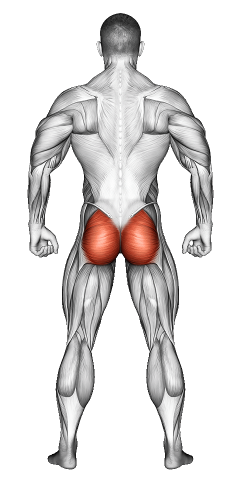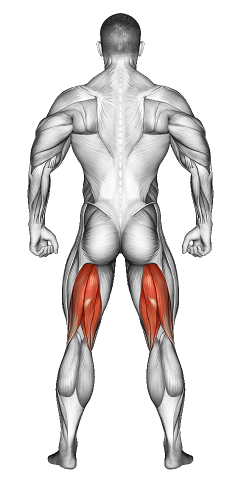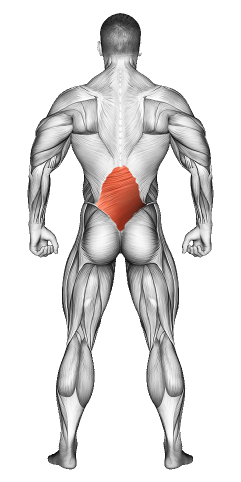Single-leg Hip Extension: Video Tutorial & Exercise Guide

Written By: Claude Michael
Updated: Oct 13, 2024
| Workout | Single-leg Hip Extension |
| Primary Muscle Group | Glutes |
| Secondary Muscle Group | Hamstrings, Lower Back |
| Equipment Required | Bodyweight |
| Force Type | Push |
| Mechanics | Isolation |
| Exercise Type | Strength |
| Difficulty | Intermediate |
Single-leg Hip Extension: Video Tutorial & Exercise Guide
- 1.Single-leg Hip Extension: Muscle Groups
- -1.1Primary Muscle Group
- -1.2Secondary Muscle Group
- 2.Single-leg Hip Extension: Step-by-Step Guide
- 3.Single-leg Hip Extension: Overview
- 4.Single-leg Hip Extension: Benefits
- 5.Single-leg Hip Extension: Pro Tips & Advanced Techniques
- 6.Single-leg Hip Extension: Progression Plan
- 7.Single-leg Hip Extension: Frequently Asked Questions (FAQs)
Secondary Muscles Group
Side Leg Raise: Step-by-Step Guide
- Step 1: Lie on your side with your legs extended straight. Keep your body in a straight line from head to toe, supporting your head with your arm or resting it on the ground.
- Step 2: Engage your core and lift your top leg as high as possible, keeping it straight throughout the movement. Your foot should remain flexed to target the muscles effectively.
- Step 3: Pause briefly at the top of the movement to feel the tension in your glutes and outer thighs.
- Step 4: Slowly lower your leg back down to the starting position, keeping control throughout the descent.
- Step 5: Repeat the movement for the desired number of reps, then switch sides to work the opposite leg.
Side Leg Raise: Overview
The Side Leg Raise is a simple yet effective exercise that targets the outer thighs and glutes. By lifting the leg while lying on your side, you engage the abductor muscles, which help stabilize your hips and strengthen the glutes. This exercise is great for toning the lower body, improving hip mobility, and enhancing balance and stability.
Side Leg Raise: Benefits
Side Leg Raises are fantastic for strengthening the outer thighs and hips, areas that are often underworked in traditional lower body exercises. By working the gluteus medius and minimus, this move helps improve hip stability and balance. It’s also great for those looking to improve lower body aesthetics by toning the outer glutes and thighs.
Side Leg Raise: Pro Tips & Advanced Techniques
To get the most out of this exercise, keep your movements slow and controlled. Avoid using momentum to lift your leg; instead, focus on engaging the outer thigh muscles. Want to make it more challenging? Try adding ankle weights or a resistance band around your legs to increase the intensity and engage the muscles even more. Just remember to keep your core tight and your body in alignment throughout each rep.
Side Leg Raise: Progression Plan
Beginner
Intermediate
Advanced
Single-leg Hip Extension: Frequently Asked Questions (FAQs)
What muscles do side leg raises target?
+Side leg raises primarily target the gluteus medius and minimus, which are important for hip stability. They also engage the outer thighs and core.
How can I make side leg raises more challenging?
+You can make this exercise more challenging by adding ankle weights or a resistance band around your legs. Increasing the number of reps or sets is also a great way to progress.
How often should I do side leg raises?
+Incorporate them 2-3 times per week into your leg or glute workouts for balanced lower body strength and stability.
What are common mistakes to avoid?
+Avoid letting your body roll backward or forward during the movement. Keep your torso and hips in a straight line to properly engage the targeted muscles.
Share
Don’t Wish for It, Work for It – Join the FlexXP Newsletter Today!
Thank you for signing up for the FlexXP Newsletter!
This site is protected and the Google Privacy Policy and Terms of Service apply.


